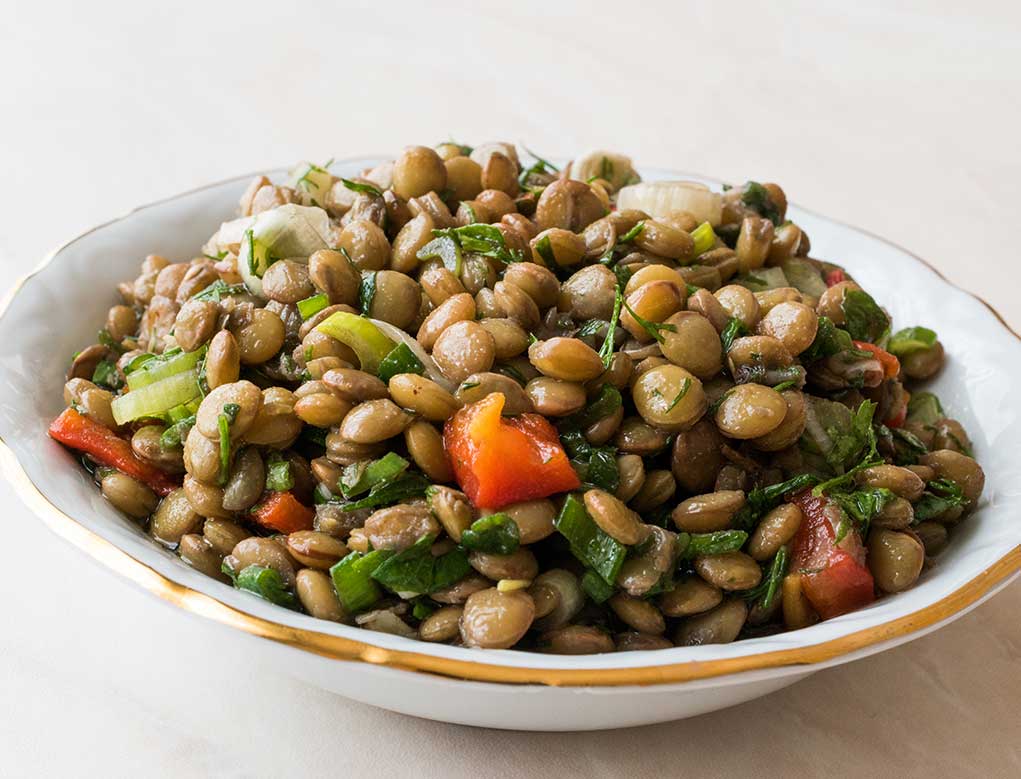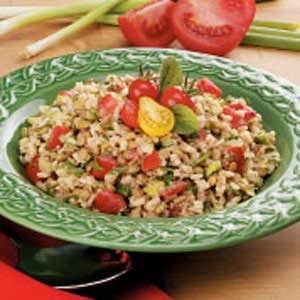Lentils: Important Facts, Health Benefits, and Recipes
Explore the health benefits, history, and culinary uses of lentils in our ultimate guide, and learn how to incorporate this nutritious legume into your healthy lifestyle.
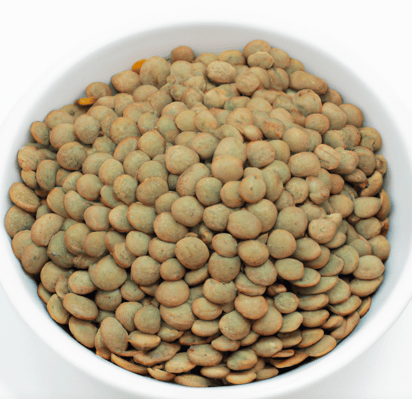
Nutritional Facts
1 cup
Amount per serving
Calories
229.7
Carbohydrates
39.9 g
Fat
0.8 g
Protein
17.9 g
Saturated Fat
0.1 g
Sodium
4 mg
Fiber
15.6 g
Sugar
3.6 g
Best Lentils Recipes
-
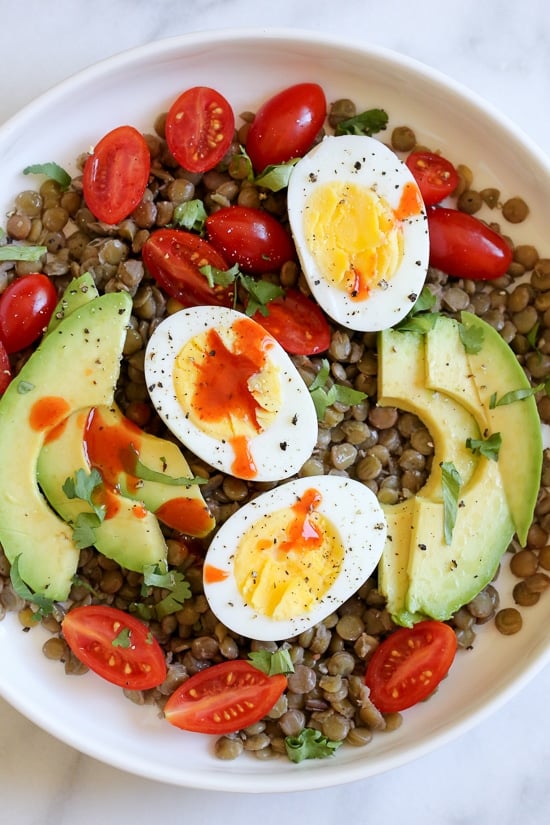
-
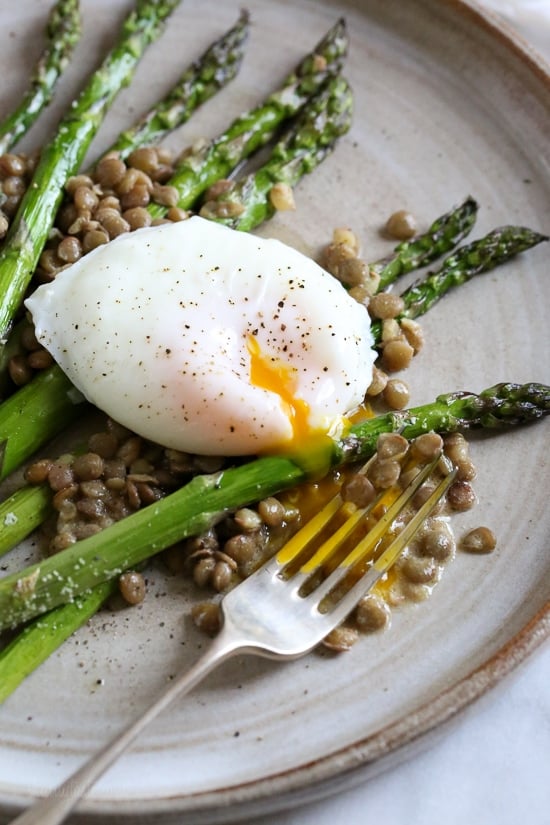
-
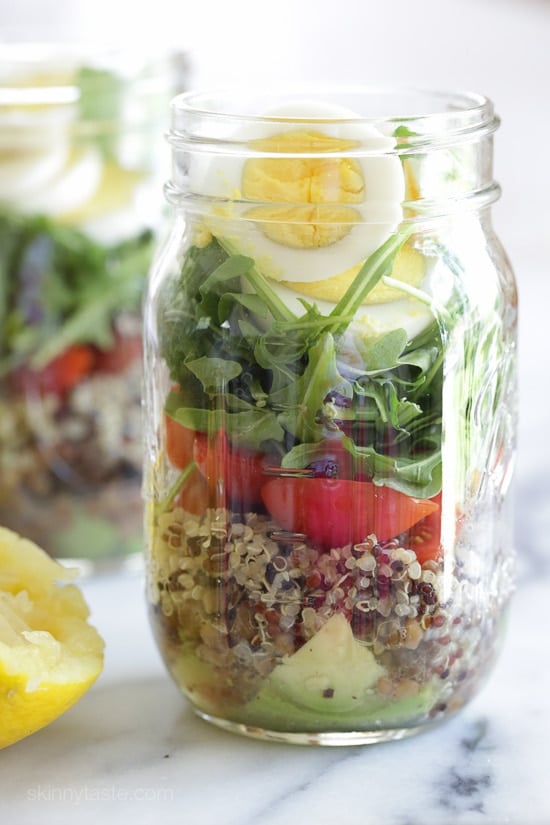
-
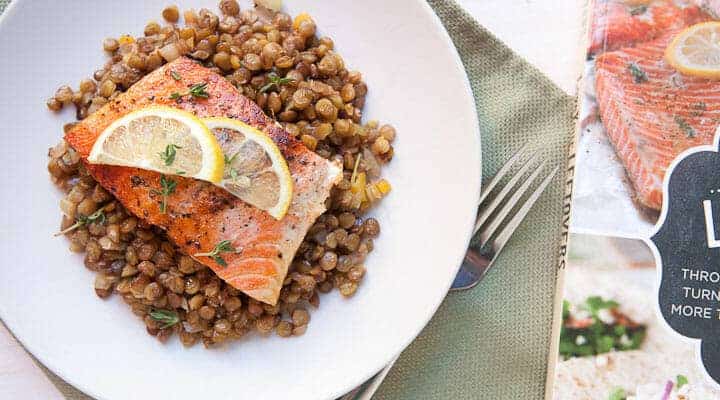
-

-

-
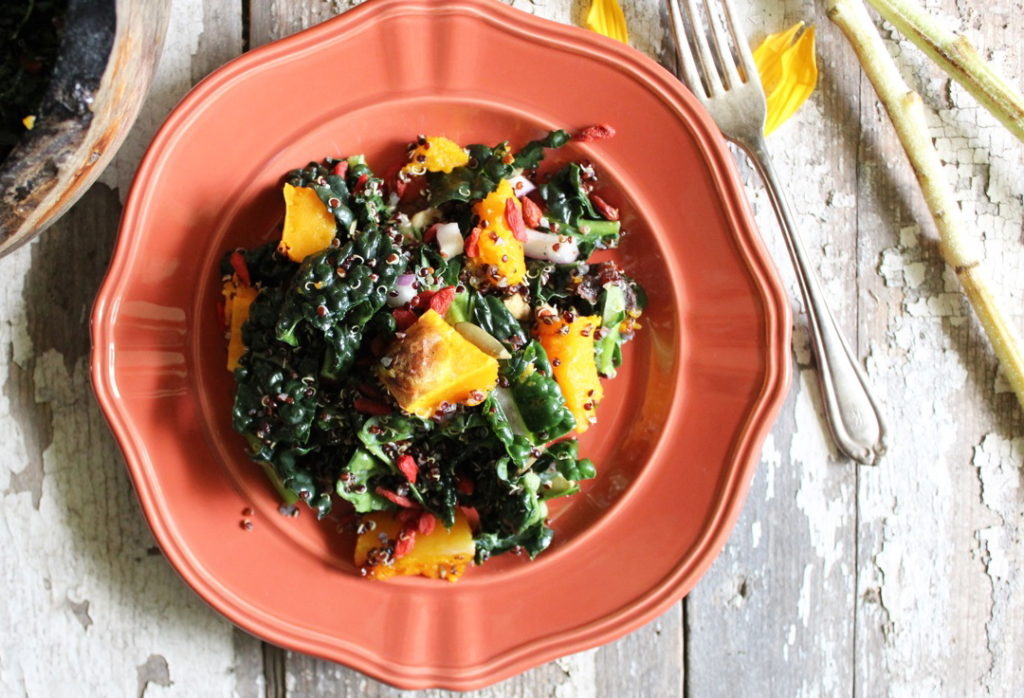
-
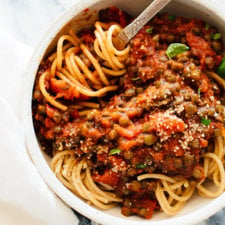
-
![Lentil Baked Ziti Image]()
-
![Lentils with Roasted Beets Recipe | Cook the Book Image]()
-
-
-
![Turkey Chili Stuffed Sweet Potatoes Image]()
-
![Walnut Lentil Salad Image]()
-
![Lentil Stew Image]()
-
![Ensalada de lentejas con nueces Image]()
-
![Turkey Chili Stuffed Sweet Potatoes Image]()
-
![Estofado de Lentejas Image]()
-
![Batatas rellenas de chile y pavo Image]()
-
![Walnut Lentil Salad Image]()
-
![Lentil Burger Image]()
-
![Brown Rice Lentil Salad Image]()



:max_bytes(150000):strip_icc()/__opt__aboutcom__coeus__resources__content_migration__serious_eats__seriouseats.com__recipes__images__2011__08__20110815-166252-lentils-and-roasted-beets-32d8df7ecb424cfba888e08d976d127f.jpg)

